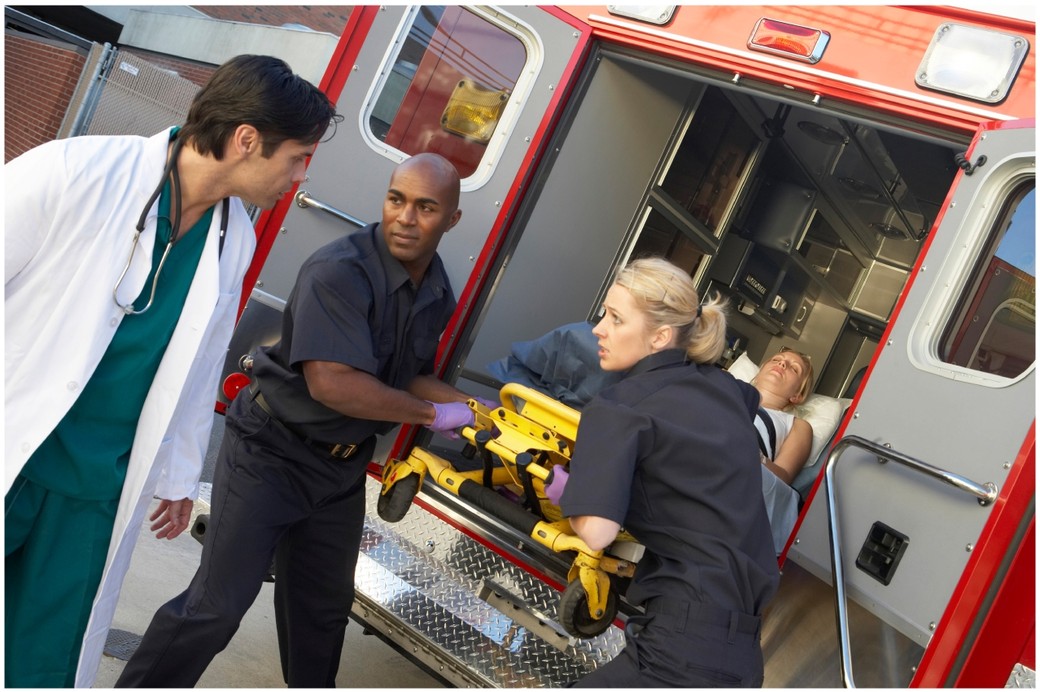
Accreditation Canada: Highlights from the 2012 Annual Report
In 2012, Accreditation Canada’s many collaborations with healthcare organizations included the development of a comprehensive report on medication reconciliation and efforts to improve patient and staff safety. Since 2005, Accreditation Canada has worked with many partner organizations and stakeholders on the Required Organizational Practice (ROP) for medication reconciliation, which requires organizations to establish an effective medication reconciliation process that will contribute to reducing the likelihood of adverse events of medication.
According to the landmark Canadian Adverse Events Study (2004), between 9,000 and 24,000 Canadians die annually following a preventable medical error; 20 per cent of patients discharged from acute care facilities experience an adverse event and of these, 66 per cent are drug-related. A formal process called medication reconciliation was indicated – a process that health-care workers undertake when a patient is undergoing care to review the existing medications and to reconcile that list and ensure it’s accurate and that it includes all the medications the individual is taking.
Medication reconciliation should follow every transition in care, such as when the patient moves to another unit within a health-care organization or is transferred to another healthcare organization such as longterm care. There should always be a clear understanding of exactly what meds a patient is taking to guard against under- or overprescribing or contraindications of medication. Reconciliation includes herbals as well, because they can have significant and potentially negative effects if they interact with another medication or treatment. The public should maintain a current list of their meds and bring them to all medical appointments. Sometimes individuals will see two and three physicians or practitioners and there will be different prescribing by different doctors, or the patients may start taking an herbal medicine of some sort.
“If a patient sees different practitioners, each of whom is prescribing medications, there is a likelihood that the prescribing is not coordinated, that the individual may be prescribed medications that are contraindicated or not necessary given other medications currently being taken,” says Wendy Nicklin, President and CEO, Accreditation Canada. “The risk of preventable medication side effects or drug interactions is significant. Many of the visits to emergency departments are due to medication related symptoms. So there is real benefit for better patient outcomes and reduction of unnecessary costs within the health-care system. The total cost of preventable negative side-effects requiring hospitalization is estimated at $2.6 billion per year.”
 Accreditation Canada published a report entitled Emerging Risks, Focused Improvements, which highlighted the value of ROPs in contributing to improved quality and patient safety. The report focused on ROPs that address significant issues—such as workplace violence prevention.
Accreditation Canada published a report entitled Emerging Risks, Focused Improvements, which highlighted the value of ROPs in contributing to improved quality and patient safety. The report focused on ROPs that address significant issues—such as workplace violence prevention.
Research shows that one-quarter of all incidents of workplace violence occur within health services organizations. “We undertook a significant review of information that could be introduced into our accreditation program in order to contribute to workplace violence prevention. The result of this review was the introduction of an ROP,” Nicklin said. “Health-care organizations must have a workplace violence prevention program, covering all aspects of workplace violence. This applies to all potential scenarios, including patient to staff, family to staff, staff to staff. The issue is being able to predict, anticipate and defuse a situation within which emotions are beginning to escalate and there is a potential risk of violence. Even with strategies to defuse and control a situation, it is sometime necessary for a staff member to require immediate physical assistance for protection purposes. When an organization calls a Code White, it means there is an issue of physical security. Most health organizations have a team that responds to provide assistance in these situations. It’s all about identifying sensitive situations and the steps required to ensure the safety of the staff. And it’s a bigger problem now than it used to be. There has been an increasing recognition of this problem over the past 15 years. You will often see signs on hospital walls warning that verbal or physical abuse will not be tolerated”.
Organizations continue to raise the bar on quality and patient safety by working to meet ROPs. For example, a new ROP on antimicrobial stewardship was introduced that requires client organizations to develop and implement a program to optimize antimicrobial use and provide good stewardship.
“The administration of antibiotics has been escalating for decades and overuse of antibiotics is recognized as a significant problem,” Nicklin said. “It leads to drug-resistant organisms, such as MRSA (Methicillin-resistant Staphylococcus aureus). These antibiotic-resistant organisms result in infections which are very difficult to treat and may lead to an outbreak within the facility. These situations are taken very seriously and must be brought under control as soon as patients with these conditions are identified. With antimicrobial stewardship, the organization looks very closely at the prescribing of antibiotics, makes sure it has procedures in place for the appropriate selection, dosing and duration. What’s important to point out is that these are research-proven strategies to improve the overall health of the individual and of the population. Anti-microbials include antibiotics, antifungals and anti-virals and we need to get smarter about the use of these medications.”







